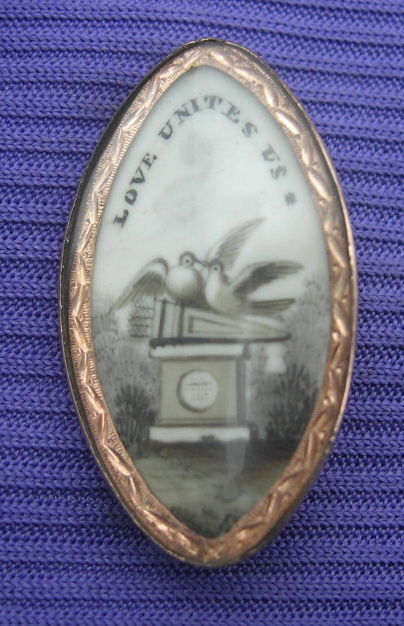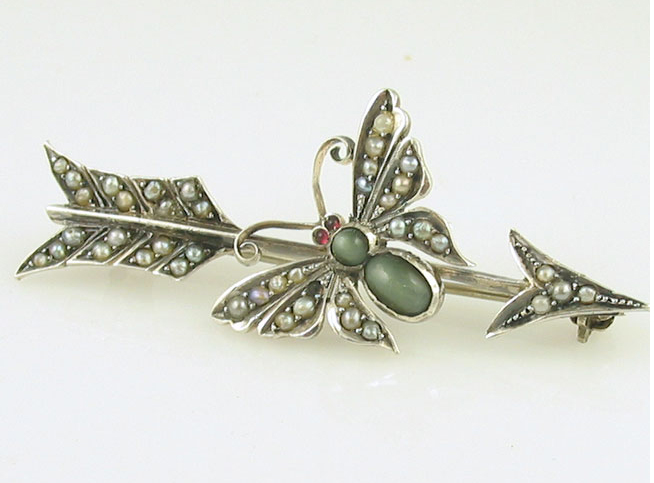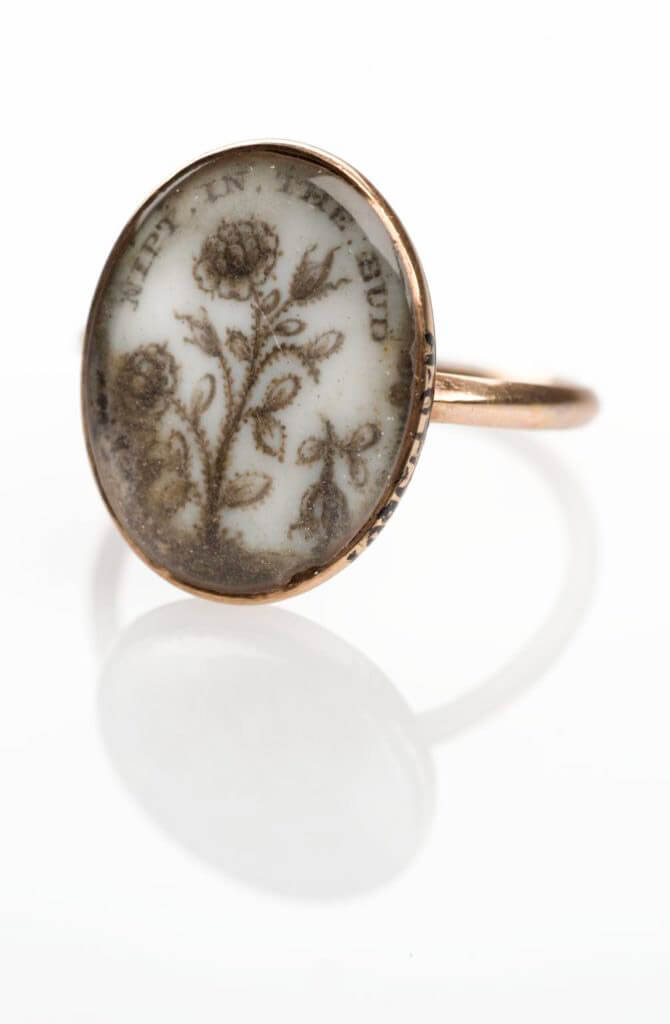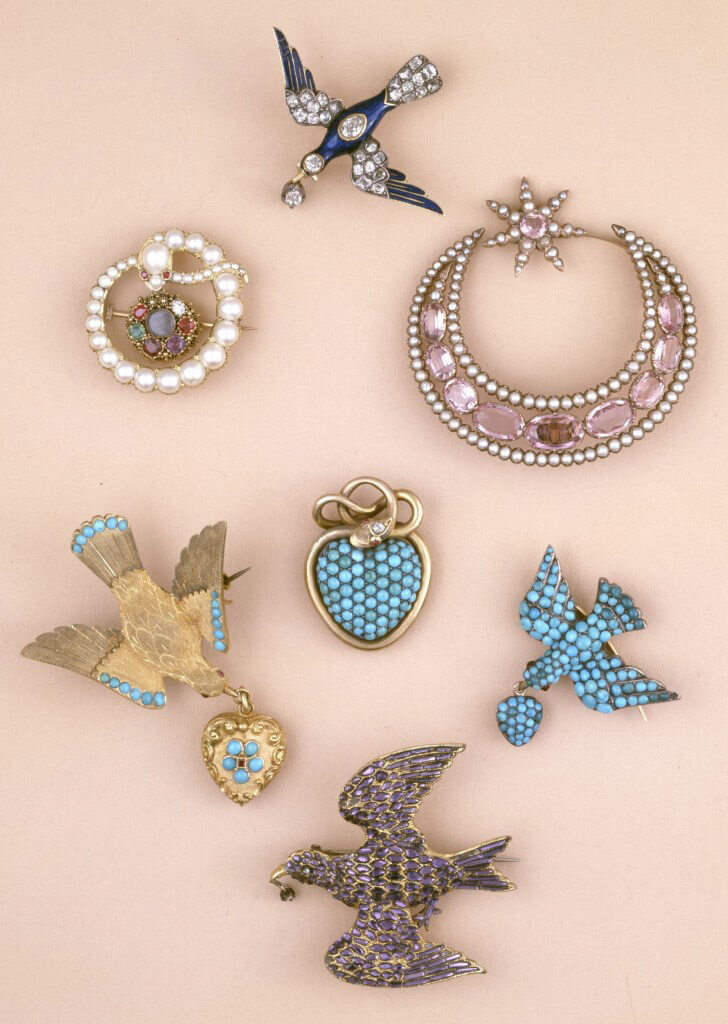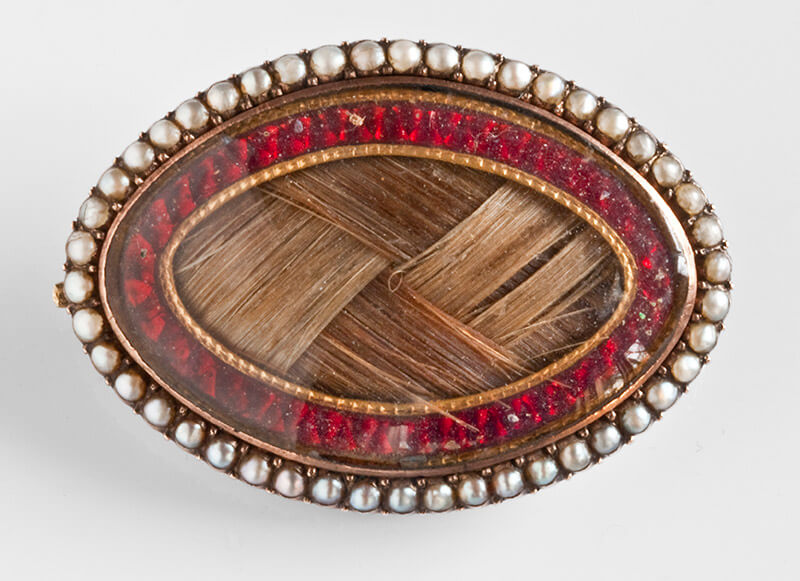Symbolism, The Arrow and Quiver
It’s often the symbols which resonate with us today that mean the most; the symbols which we intrinsically understand for the same reasons why they were understood several hundred years ago. What keeps this kind of thought mainstream and in the popular mindset? Often, it’s the reinterpretation of the symbol throughout the ages and its ability to adapt to different forms of art, other times it simply reflects how Western culture has developed from the same roots.
The arrow and quiver, when associated with love is no different, out of context, there is the warlike nature of the symbol and its use associated with conflict. This is often the use of the symbol itself, being a weapon of ancient characteristics, even involved with primitive hunting. However, when you put the arrows and quivers in the same breath as ‘love’ and ‘sentimentality’, then you have a different perspective. Who is most commonly associated with this motif?
Eros or Cupid, of course, who has been reinterpreted through the ages, particularly in the 19th century, was the instigator of love, shooting his golden arrow to the heart and inspiring love (though I’ll refrain from focusing on his other lead arrow which inspires hatred).
For Neoclassical depictions, the arrows and quivers can be seen in various depictions, often a secondary symbol to a primary motif. Note how the love birds are sitting on top of the quiver in the first example; this is a good depiction of various symbols working in tandem to provide a unified symbolic message.
When balanced with the cherub/cupid/puti, the sentiment relates to having children. These sentimental love tokens are often used with the love birds (marriage) and often a lit torch (life). The direct quote comes from Psalm 127:3-5, New International Version (NIV):
3 Children are a heritage from the Lord,
offspring a reward from him.
4 Like arrows in the hands of a warrior
are children born in one’s youth.
5 Blessed is the man
whose quiver is full of them.
They will not be put to shame
when they contend with their opponents in court.
You may even find the arrow broken, which depicts the life cut short, but often it’s the interpretation of this surrounded by other symbols that helps influence its meaning.
The arrow is also found quite prolifically through 19th century jewellery in brooches, pins, pendants and in various materials (being conducive for both gold and silver). Its love sentiment is is till understood today, so many of these styles are still in production.




